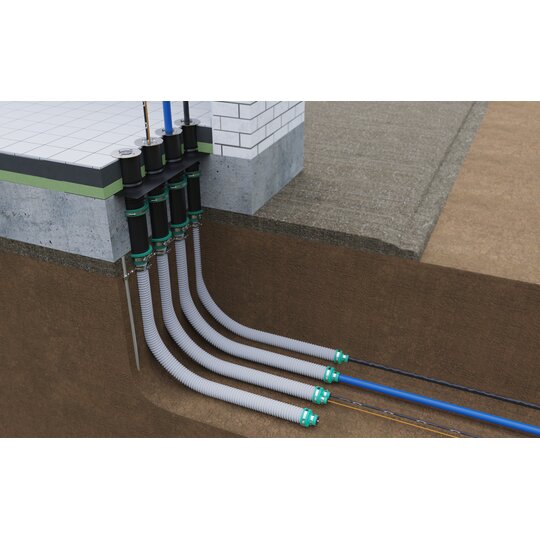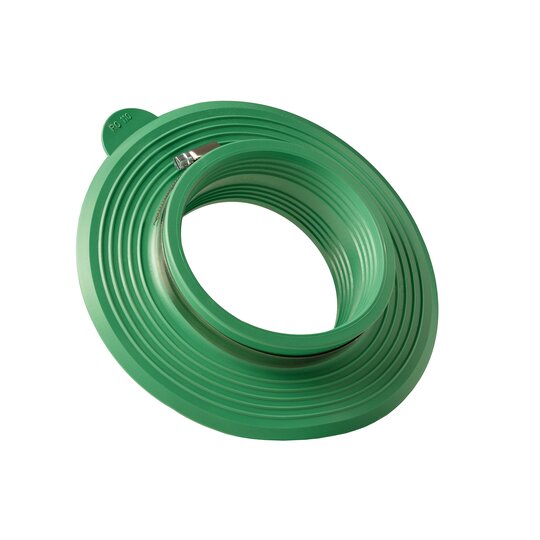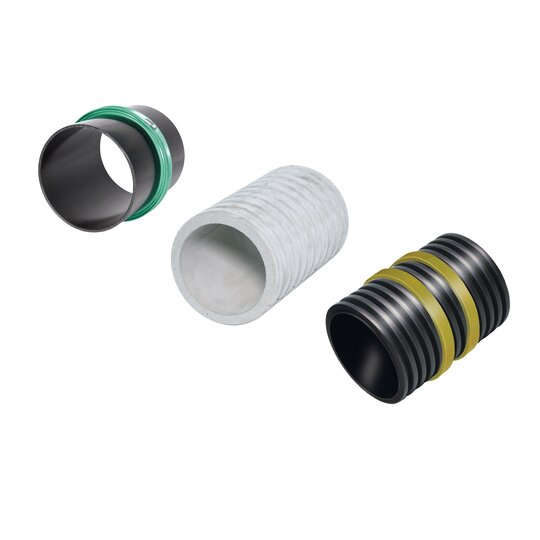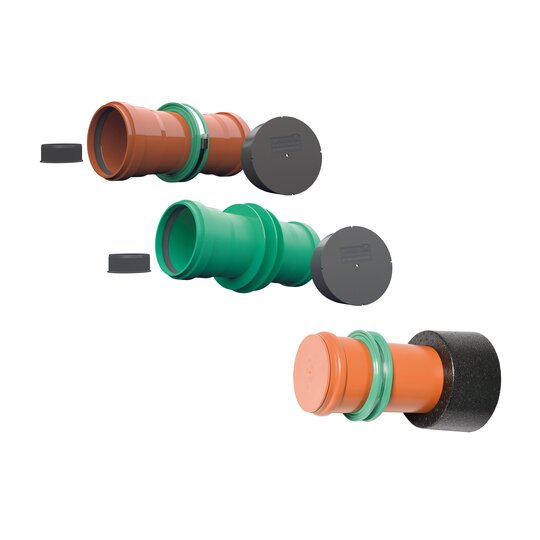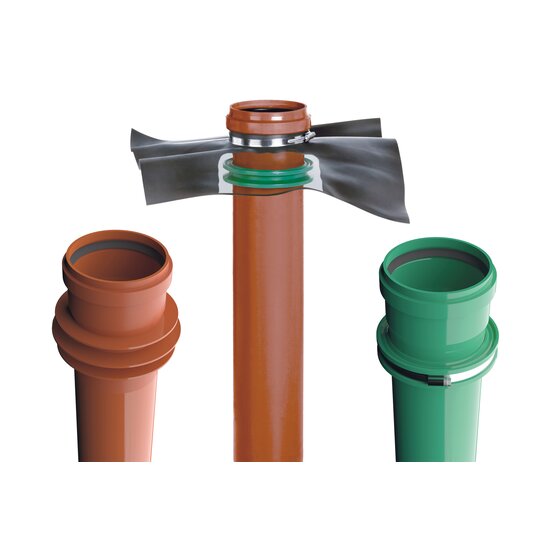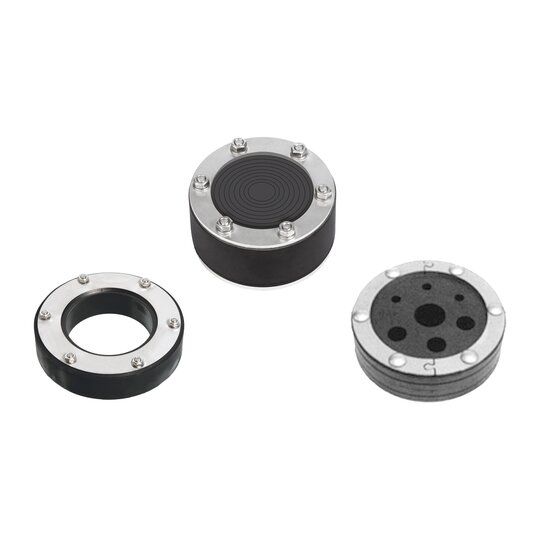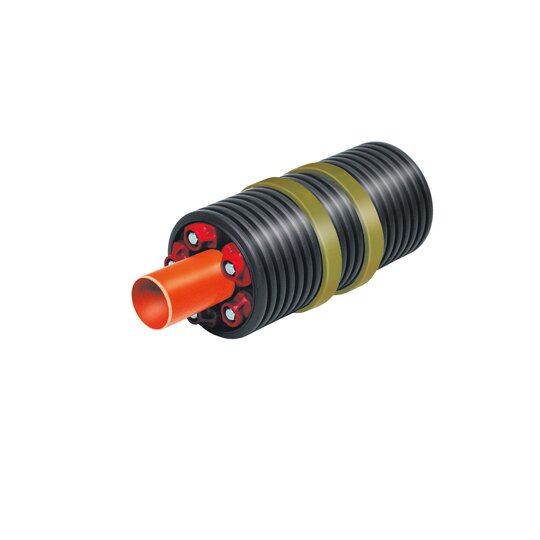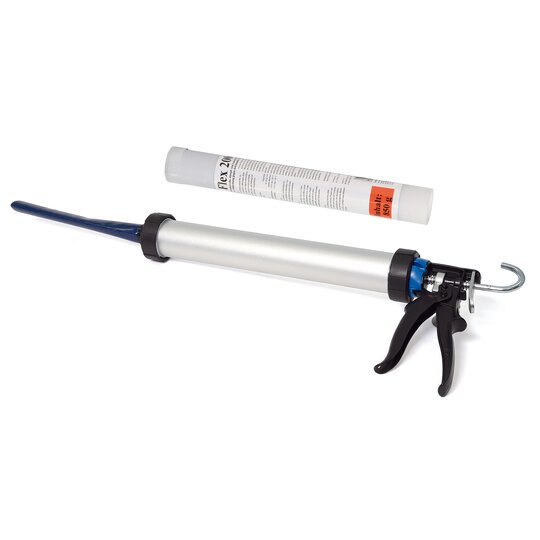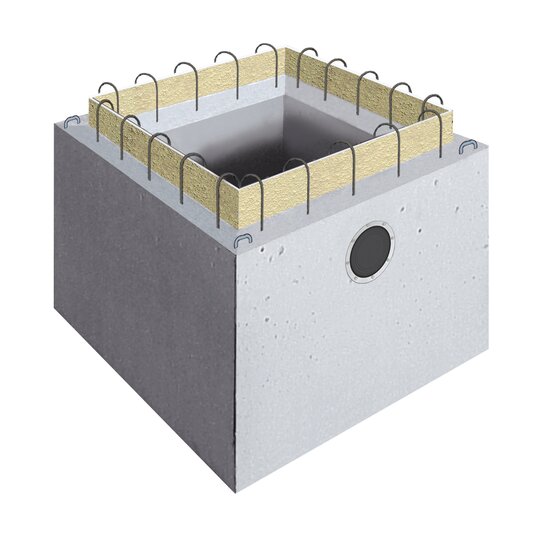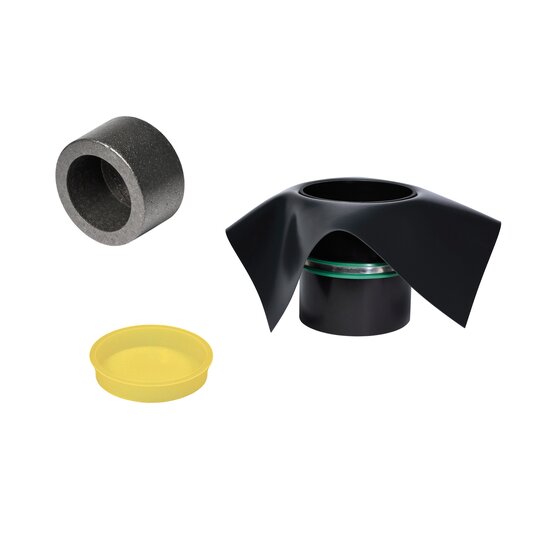Systèmes d`étanchéité des traversées de murs
Notre offrons des systèmes de traversées de murs étanches aux eaux sous pression pour tuyaux et accessoires
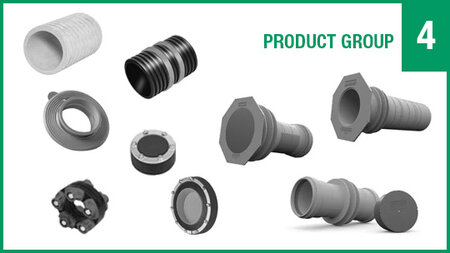
Système d'entrée dans la maison pour les connexions électriques, d'eau et de communication Testé selon DVGW VP 601 (chapitre 4.5)...
Notre offre contient les collerettes d’étanchéite qui étanchent de manière sûre les tubes et les conduites en plastique, acier, fi...
Nous offrons des tuyaux de réservation en plastique ou en fibrociment pour l’introduction de tuyaux ou de conduites à l’intérieur ...
Nous offrons des systèmes de conduites tubulaires qui peuvent être introduits dans le bâtiment sans la moindre infiltration d‘eau....
Notre offre contient des passages de sol sous la forme de systèmes oranges-bruns en PVC- U (KG = tuyau de tout-à-l’égout) ) et sou...
Notre offre : inserts d’étanchéité en acier spécial V2A pour tubes fourreaux et carottages. Nous offrons les versions spéciales s...
Notre offre : étanchement d’espace annulaire, type joint modulaire, étanche à l’eau sous pression pour la jonction tube fourreau/c...
La masse d’étanchéité plastique, étanche à la vapeur et à l’eau, est destinée au colmatage des cavités des conduites tubulaires et...
Le puisard d’aspiration PILO est un élément préfabriqué en béton imperméable C 35/45. Et accessoires...
Nous vous offrons ici les accessoires pour nos tubes fourreaux et pour nos conduites tubulaires....
What role do house entries play in reinforced concrete construction?
The requirements for watertight concrete structures are regulated by the corresponding DAfStb guideline (WU guideline). In addition to requirements for the concrete structure itself, requirements for joint sealing and formwork anchors or tensioning points are defined here. The subject of this guideline is the corresponding planning and execution of the structure in order to fulfil the usage properties and usage requirements specified by the client with regard to the sealing function against water.
One point that is not taken into account in the directive, but which should not be neglected for the result of a watertight structure, is the sealing of pipes and cables that are routed through the concrete component. With our various house entries, we offer the right solution for almost every installation situation, regardless of whether it's a pipe penetration, casing pipe or house entry. Sealing compound can be used for sealing if water is already entering.
What are house entries used for?
Wherever pipes or other lines are routed through concrete components, they must be sealed against the ingress of water and/or gases such as methane gas or the radioactive radon gas sometimes present in the ground.
As the pipes and cables have different material properties to the concrete and the latter shrinks as it sets, there is a risk of circulation at the intersections of pipes and cables and the concrete. Water or gases can enter the building and create a risk of damage to the structure or even to the health of the people in the building.
How are house entries installed?
Depending on the type of house entry, this is either installed in the formwork before concreting or incorporated in the area of the base to be concreted. Subsequent installation in a core drill hole is also possible using our annular space seals and link chains. A pipe penetration or other media lines can be sealed by using wall collars.
There are special requirements for use in the agricultural sector. We have our JGS wall collar (RONDO Protect) in our programme for this purpose.





 anglais
anglais
